
BOOK

 | BOOK |  |
 Kim (2026), Introduction to Nonlinear Finite Element Analysis, 2nd Ed., Springer, NY
Kim (2026), Introduction to Nonlinear Finite Element Analysis, 2nd Ed., Springer, NY Kim (2026), Surrogate Modeling and Optimization: Theories, Applications, and Limitations, Wiley, NY
Kim (2026), Surrogate Modeling and Optimization: Theories, Applications, and Limitations, Wiley, NY Kim Sankar & Kumar (2025), Introduction to Finite Element Analysis and Design, 3rd Ed., Wiley, NY
Kim Sankar & Kumar (2025), Introduction to Finite Element Analysis and Design, 3rd Ed., Wiley, NY Kim Sankar & Kumar (2018), Introduction to Finite Element Analysis and Design, 2nd Ed., Wiley, NY
Kim Sankar & Kumar (2018), Introduction to Finite Element Analysis and Design, 2nd Ed., Wiley, NY Kim, An & Choi (2016), Prognostics and Health Management of Engineering Systems: An Introduction, Springer, NY
Kim, An & Choi (2016), Prognostics and Health Management of Engineering Systems: An Introduction, Springer, NY Kim (2014), Introduction to Nonlinear Finite Element Analysis, Springer, NY
Kim (2014), Introduction to Nonlinear Finite Element Analysis, Springer, NY Kim, Kumar & Snider (2014), Geometry of Design: A Workbook, WoodHead Publishing LTD., Cambridge, UK
Kim, Kumar & Snider (2014), Geometry of Design: A Workbook, WoodHead Publishing LTD., Cambridge, UK Kim and Sankar (2008), Introduction to Finite Element Analysis and Design, Wiley, NY
Kim and Sankar (2008), Introduction to Finite Element Analysis and Design, Wiley, NY Choi and Kim (2004), Structural Sensitivity Analysis and Optimization I: Linear Systems, Springer, NY
Choi and Kim (2004), Structural Sensitivity Analysis and Optimization I: Linear Systems, Springer, NY Choi and Kim (2004), Structural Sensitivity Analysis and Optimization II: Nonlinear Systems and Applications, Springer, NY
Choi and Kim (2004), Structural Sensitivity Analysis and Optimization II: Nonlinear Systems and Applications, Springer, NY Book Chapters
Book Chapters
Introduction to Nonlinear Finite Element Analysis, 2nd Edition |
||||||||||||||||||
by Nam-Ho Kim | ||||||||||||||||||
|
This new edition introduces the essential concepts of nonlinear finite element analysis (FEA) procedures. The textbook guides students in implementing nonlinear FEA programs and utilizes commercial software to address practical engineering problems. It thoroughly explains the fundamental theories and provides instructions on applying these concepts to tackle various engineering challenges. Rather than covering numerous nonlinear problems, the book focuses on four representative topics: nonlinear elasticity, elastoplasticity, contact problems, and dynamic problems, with an added chapter on nonlinear dynamics. The material is presented independently of any specific software, and the tutorials and examples utilize four commercial programs included in the appendices: ANSYS, NASTRAN, ABAQUS, and MATLAB. The MATLAB section includes all source codes, allowing students to develop material models or different algorithms. This edition introduces 2D plane strain elements, in addition to 3D solid element, with all the aforementioned functionalities. It includes fully integrated frictional contact analysis and explicit and implicit nonlinear dynamic analysis in the MATLAB programs. Book in amazon.com or Barns and Noble
|
||||||||||||||||||

|
||||||||||||||||||
|
Surrogate Modeling and Optimization: Theories, Applications, and Limitations | ||||||||||||||||||||||||||||||||||
by Nam-Ho Kim | ||||||||||||||||||||||||||||||||||
|
Optimization using surrogate models has been popular in many engineering applications due to its versatility and efficiency. Surrogate models approximate complex relationship between quantity of interest and input variables in the form of simple analytical/statistical functions using a set of samples. The goal of surrogate modeling is to obtain acceptable prediction capability at unsampled locations. However, in reality, it requires significant technical expertise to use surrogate models properly. This is partly because building surrogate models is one thing and understanding them is another. An important goal of this book is to explain the meaning of built surrogates and to provide in-depth understandings of such surrogates. This book emphasizes when and how a surrogate model can fail in approximating complex functions. One of the best ways to understand the theory of surrogate models is to implement it using a computer program. Throughout this book, many Matlab codes are provided as practice tools. Book in amazon.com or Barns and Noble
| ||||||||||||||||||||||||||||||||||
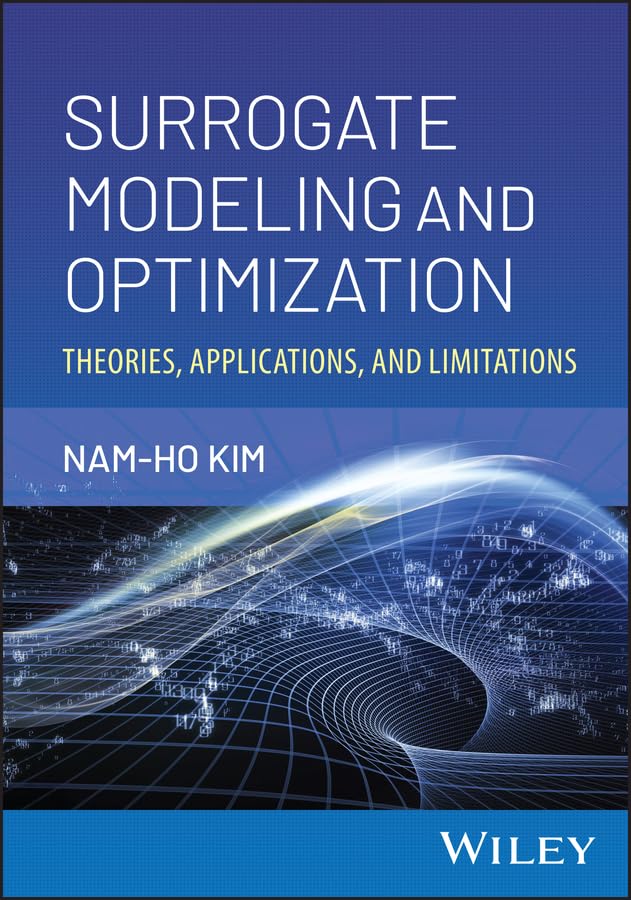 | ||||||||||||||||||||||||||||||||||
|
Introduction to Finite Element Analysis and Design, 3rd Edition |
||||||||||||||||||||||||||
by N. H. Kim, B. V. Sankar, and A. V. Kumar |
||||||||||||||||||||||||||
|
The Finite Element Method (FEM) is a powerful tool for solving engineering problems both in solid structural mechanics and fluid mechanics. This book presents all of the theoretical aspects of FEM that students of engineering will need. It eliminates overlong math equations in favour of basic concepts, and reviews the mathematics and mechanics of materials in order to illustrate the concepts of FEM. It introduces these concepts by including examples using six different commercial programs online. The all-new, second edition of Introduction to Finite Element Analysis and Design provides many more exercise problems than the first edition. It includes a significant amount of material in modelling issues by using several practical examples from engineering applications. The book features new coverage of buckling of beams and frames and extends heat transfer analyses from 1D (in the previous edition) to 2D. It also covers 3D solid element and its application, as well as 2D. Additionally, readers will find an increase in coverage of finite element analysis of dynamic problems. There is also a companion website with examples that are concurrent with the most recent version of the commercial programs. Book in amazon.com or Barns and Noble
|
||||||||||||||||||||||||||

|
||||||||||||||||||||||||||
|
Introduction to Finite Element Analysis and Design, 2nd Edition |
||||||||||||||||||||||||||||
by N. H. Kim, B. V. Sankar, and A. V. Kumar |
||||||||||||||||||||||||||||
|
The Finite Element Method (FEM) is a powerful tool for solving engineering problems both in solid structural mechanics and fluid mechanics. This book presents all of the theoretical aspects of FEM that students of engineering will need. It eliminates overlong math equations in favour of basic concepts, and reviews the mathematics and mechanics of materials in order to illustrate the concepts of FEM. It introduces these concepts by including examples using six different commercial programs online. The all-new, second edition of Introduction to Finite Element Analysis and Design provides many more exercise problems than the first edition. It includes a significant amount of material in modelling issues by using several practical examples from engineering applications. The book features new coverage of buckling of beams and frames and extends heat transfer analyses from 1D (in the previous edition) to 2D. It also covers 3D solid element and its application, as well as 2D. Additionally, readers will find an increase in coverage of finite element analysis of dynamic problems. There is also a companion website with examples that are concurrent with the most recent version of the commercial programs. Book in amazon.com or Barns and Noble
|
||||||||||||||||||||||||||||
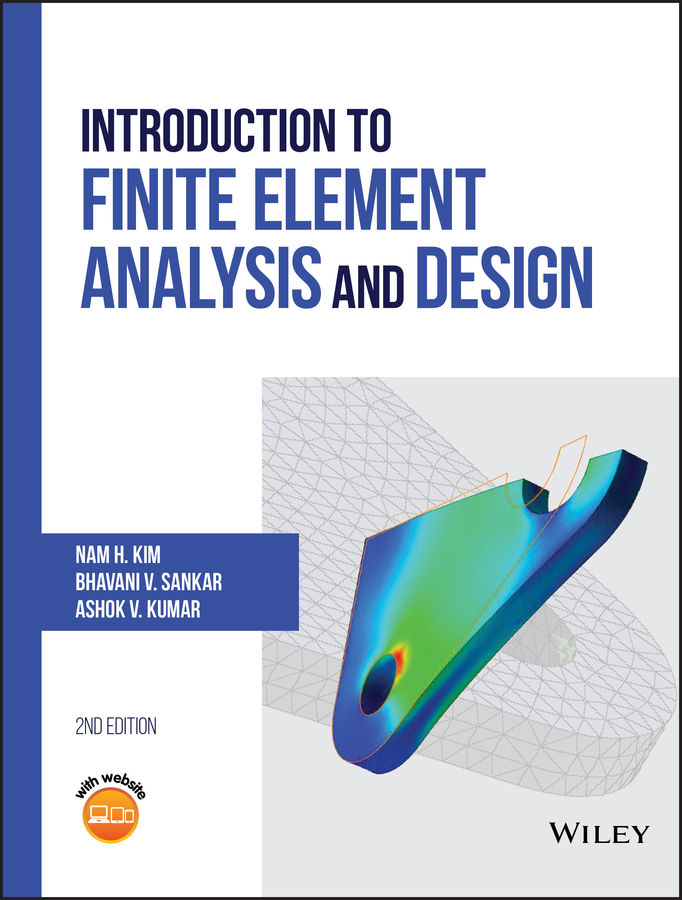
|
||||||||||||||||||||||||||||
|
Prognostics and Health Management of Engineering Systems: An Introduction |
||||||||||||||||||||
by Nam-Ho Kim, Dawn An and Joo-Ho Choi |
||||||||||||||||||||
|
This book introduces the methods for predicting the future behavior of a system’s health and the remaining useful life to determine an appropriate maintenance schedule. The authors introduce the history, industrial applications, algorithms, and benefits and challenges of PHM (Prognostics and Health Management) to help readers understand this highly interdisciplinary engineering approach that incorporates sensing technologies, physics of failure, machine learning, modern statistics, and reliability engineering. It is ideal for beginners because it introduces various prognostics algorithms and explains their attributes, pros and cons in terms of model definition, model parameter estimation, and ability to handle noise and bias in data, allowing readers to select the appropriate methods for their fields of application. Book in amazon.com or Barns and Noble
|
||||||||||||||||||||
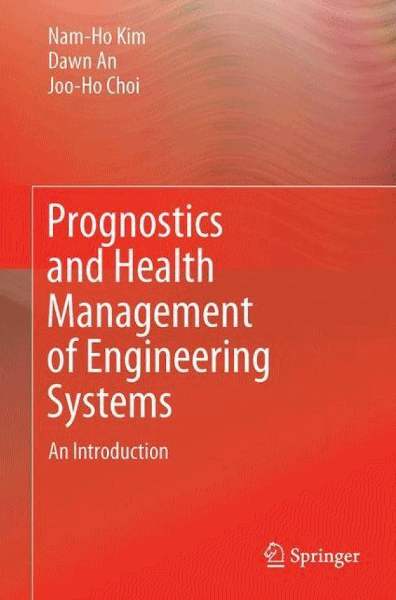
|
||||||||||||||||||||
|
Introduction to Nonlinear Finite Element Analysis |
||||||||||||||||
by Nam-Ho Kim |
||||||||||||||||
|
The objective of this textbook is to simply introduce the nonlinear finite element analysis procedure and to clearly explain the solution procedure to the reader. In contrast to the traditional textbooks which treat a vast amount of nonlinear theories comprehensively; this textbook only addresses the representative problems, detailed theories, solution procedures, and the computer implementation of the nonlinear FEM. Especially by using the MATLAB programming language to introduce the nonlinear solution procedure; those readers who are not familiar with FORTRAN or C++ programming languages can easily understand and add his/her own modules to the nonlinear analysis program. Book in amazon.com or Barns and Noble
|
||||||||||||||||

|
||||||||||||||||
|
Geometry of Design: A Workbook |
||||||||||||||||||||||||||||||||
by N. H. Kim, A. V. Kumar, and H. F. Snider |
||||||||||||||||||||||||||||||||
|
Engineering drawing is the "instrument of communication" upon which the designer must place all information necessary to define a new product. The computer-aided design (CAD) courses often involve teaching solid modelling software. We view CAD as an engineering communication tool for manufacturing. As the technology of engineering design is in transition from paper drawings to solid models, its education must address the challenge of covering both technologies. The first objective of this workbook is to integrate the drafting technology based on experience with engineering design education. The second objective of this textbook is to recognize that the CAD course should focus on design and manufacturing issues rather than the usage of computer software. This workbook has evolved from the course “Computer-Aided Graphics and Design” at the University of Florida. Many pages of this textbook can be used for student assignments. In order to help students to familiarize themselves with the manufacturing field experience, most assignments are to be submitted in the form of complete working drawings of the parts and assembly. Book in amazon.com and Barns and Noble
|
||||||||||||||||||||||||||||||||
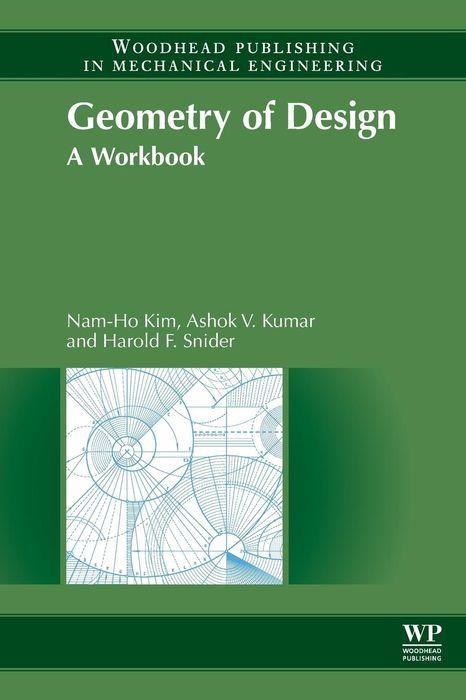
|
||||||||||||||||||||||||||||||||
|
Introduction to Finite Element Analysis and Design |
||||||||||||||||||||||||||
by N. H. Kim and B. V. Sankar |
||||||||||||||||||||||||||
|
Finite Element Method (FEM) is one of the numerical methods of solving differential equations that describe many engineering problems. This new book covers the basic theory of FEM and includes appendices on each of the main FEA programs as reference. It introduces the concepts so that engineers can use the method efficiently and interpret the results properly. They'll learn about one-dimensional finite elements, including truss and beam elements, as well as two and three dimensional finite elements. Numerous examples are also included using ANSYS, NASTRAN, Pro/Engineer, and MATLAB Toolbox. This approach will help engineers develop a thorough understanding of the theory behind FEM as well as its application. Book in amazon.com or Barns and Noble
|
||||||||||||||||||||||||||
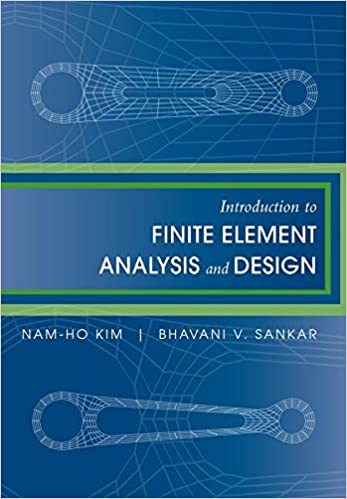
|
||||||||||||||||||||||||||
|
Structural Sensitivity Analysis and Optimization I: Linear Systems |
||||||||||||||||||||||||||||
by K. K. Choi and N. H. Kim |
||||||||||||||||||||||||||||
|
Structural design sensitivity analysis concerns the relationship between design variables available to the design engineer and structural responses determined by the laws of mechanics. The dependence of response measures such as displacement, stress, strain, natural frequency, buckling load, acoustic response, frequency response, noise-vibration-harshness (NVH), thermoelastic response, and fatigue life on the material property, sizing, component shape, and configuration design variables is defined through the energy principles (governing equations) of structural mechanics. In this 2-volume set, first- and second- order design sensitivity analyses are presented for static and dynamics responses of both linear and nonlinear elastic structural systems, including elasto-plastic and frictional contact problems. Book I Linear Systems introduces structural design concepts that include the CAD-based design model, design parameterization, performance measures, costs, and constraints. It also discusses design sensitivity analysis of linear structural systems, and discrete and continuum design sensitivity analysis methods. Book in amazon.com or Barns and Noble
|
||||||||||||||||||||||||||||
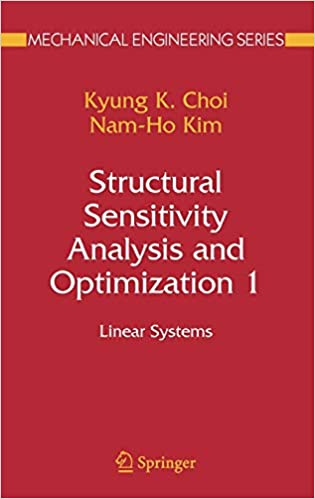
|
||||||||||||||||||||||||||||
|
Structural Sensitivity Analysis and Optimization II: Nonlinear Systems and Applications |
||||||||||||||||||||||||||
by K. K. Choi and N. H. Kim |
||||||||||||||||||||||||||
|
Structural design sensitivity analysis concerns the relationship between design variables available to the design engineer and structural responses determined by the laws of mechanics. The dependence of response measures such as displacement, stress, strain, natural frequency, buckling load, acoustic response, frequency response, noise-vibration-harshness (NVH), thermoelastic response, and fatigue life on the material property, sizing, component shape, and configuration design variables is defined through the energy principles (governing equations) of structural mechanics. In this 2-volume set, first- and second- order design sensitivity analyses are presented for static and dynamics responses of both linear and nonlinear elastic structural systems, including elasto-plastic and frictional contact problems. Book 2, Nonlinear Systems and Applications, covers design sensitivity analysis of nonlinear structural systems using continuum design sensitivity analysis methods. It also discusses practical design tools and applications; sizing and shape design parameterization, design velocity field computation, numerical implementation of the sensitivity for general-purpose code development, and various other practical design applications. Book in amazon.com or Barns and Noble
|
||||||||||||||||||||||||||
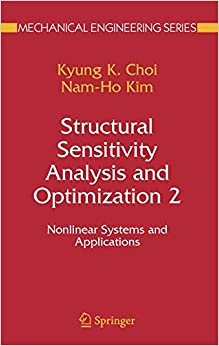
|
||||||||||||||||||||||||||
|